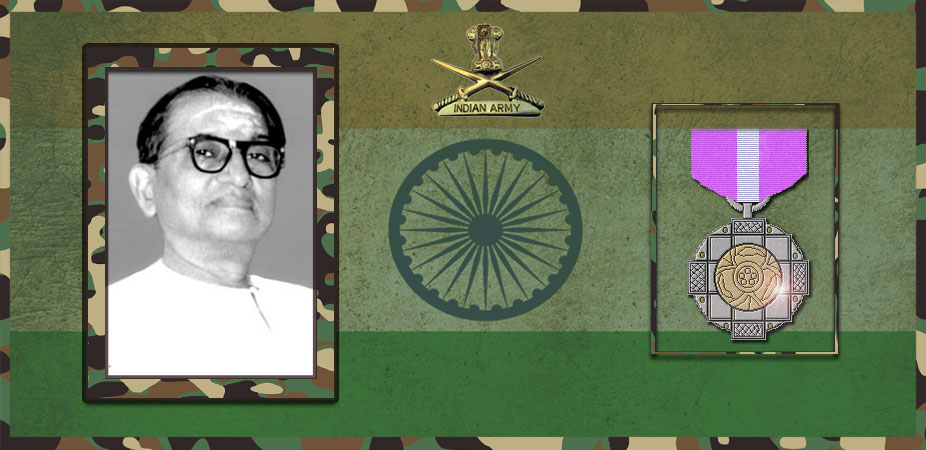Let's salute to our Indian Army together, We are proud to be Indian.
Let's salute to our Indian Army together, We are proud to be Indian.

Periyasaamy Thooran (26 September 1908 – 20 January 1987) was a patriot, Tamil poet, teacher, and composer of Carnatic music
Periyasamy was born to K.A. Palanivelappa Gounder and Paavaathal on 26 September 1908 at Manjakattuvalasu, near Modakurichi, in the Erode district of India. He was greatly influenced and inspired by the firebrand poet and revolutionary Subramania Bharathiyar, and Mahatma Gandhi. As a university student, he published an underground monthly magazine called Pithan containing incendiary articles that spoke out against the erstwhile British administration, in support of the Indian Independence Movement. This magazine was printed by K. S. Ramaswamy Gounder in Gobichettipalayam initially. He also wrote poems and short stories during this period, adopting the pen name Thooran. He declined to sit for the final Bachelor of Arts examination, in protest of the execution of Bhagat Singh. Periyasamy gained his Bachelor of Arts degree (in Mathematics with a Minor in Astronomy) and a L.T. (Licentiate in Teaching) later. Periyasamy’s background in Science would prove to be instrumental in helping him complete the Tamil Encyclopedia project, work on which began in 1947. He held that terms pertaining to science and technology were an integral part of the Tamil language.
A prolific writer, he composed over six hundred songs on national, spiritual and moral issues. He wrote ‘a poem a day’ for several years after his daily poojas. He became popular and the melody queens N. C. Vasanthakokilam and D. K. Pattammal always included his works in their concerts. A man with noble ideals, Thooran is an acknowledged poet and composer. Analogous to Tyagaraja’s ‘Santhamulekha, Soukyamuledhu’ (set to Sama rāgam), Thooran’s ‘Santhamillamal sukham undo?’ (Nattaikurinji) stresses that there is no joy without patience and no contentment amidst worries. Deep philosophical truths lay hidden in his simple devotional songs. Musical aesthetics and bhava find abundant evidence in his compositions.
While he was not a musician, he had profound poetic talents. Like Arunachala Kavirayar, he had to seek outside help to set his lyrics to music. Sivaramakrishna Iyer (who was born in 1913 in Mavelikara, Kerala and had joined Sri Ramakrishna Vidyalaya as music teacher in 1937) was his guru and choreographer. Thooran also availed of the services of senior musicians like K. V. Narayanaswamy, T.K. Govinda Rao and T. V. Sankaranarayanan.
Tiger Varadachariar, Musiri Subramania Iyer and Semmangudi Srinivasa Iyer are three of the eminent musicians who have spoken highly of his compositions. His popular compositions include Gananaathane (Saranga), Kaliyuga Varadhan (Brindavana Saranga), Muralidhara Gopala (Maand), Muruga Muruga (Saveri), Pazhani Nindra (Kapi), Punniyam Oru (Keeravani), Thottu Thottu (Padam in BihagVideo on YouTube), and Thaye Thripurasundhari (Shuddha Saveri).
His songs were published in five volumes entitled ‘Isai Mani Manjari’. Other publications include ‘Thooran Stories’ (1962), ‘Nalla Nalla Paattu’ (1965), ‘Call of the Wild’ and ‘Bharati’ for children, some of which were purchased by Tamil Isai Sangam.
He was Chief Editor from 1948 to 1978 of the Tamil Encyclopedia which ran to ten volumes. The credit for bringing out the first-ever Children’s Encyclopaedia in Tamil in ten volumes goes to him.